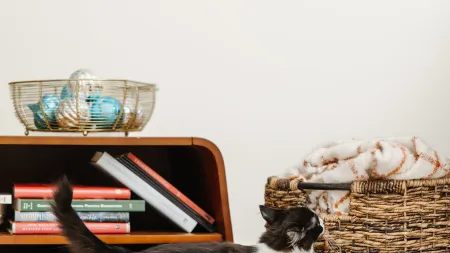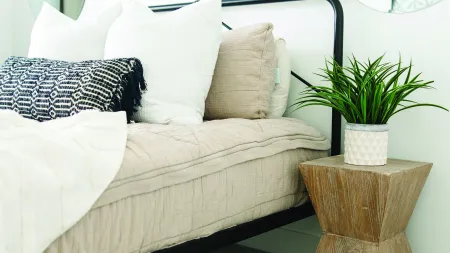How to Safely Get Battery Acid Out of Carpet
Battery acid is corrosive and can damage anything it touches, including your carpet, clothing, equipment, and skin. When inhaled, it can negatively affect your lungs.
Battery acid must be cleaned immediately to prevent health risks, carpet staining, and wear and tear.
To prevent chemical reactions, you must know the type of battery acid you're cleaning to use the best and most effective cleaning solutions.
There are varying types of batteries: Alkaline, lead acid, lithium-ion, and nickel-cadmium batteries.
Always wear protective clothing when cleaning battery acid.
Read on as we unveil how to remove battery acid from carpet.
Best Way to Clean Battery Acid Off Carpet
The best way to clean battery acid is to first wear protective clothing and then determine the type of battery spill you're cleaning so that you can use effective cleaning solutions.
Wear Protective Clothes
Battery acid has acidic properties that may irritate your eyes, skin, and lungs (when inhaled). Protect yourself by wearing latex, rubber, or nitrile gloves, face masks, and goggles. Car battery acid is more dangerous than alkaline battery acids.
If you're working indoors, properly ventilate the room to allow proper circulation of fresh air. If you come into contact with the battery acid or it spills on your skin, thoroughly rinse the area with running water. Then, remove all contaminated accessories and clothing under running water, too.
Determine the Type of Battery
As mentioned, there are various types of batteries; determine the type you're dealing with to know what solutions to use to clean it.
You cannot determine the battery type by shape and size; check the label or voltage to determine its type accurately.
- Alkaline batteries (1.50 V)
- Lead acid batteries (2 to 2.10 V)
- Lithium-ion batteries (3.60 V to 3.70 V or more)
- Nickel-cadmium batteries (1.20V or 1.25 V)
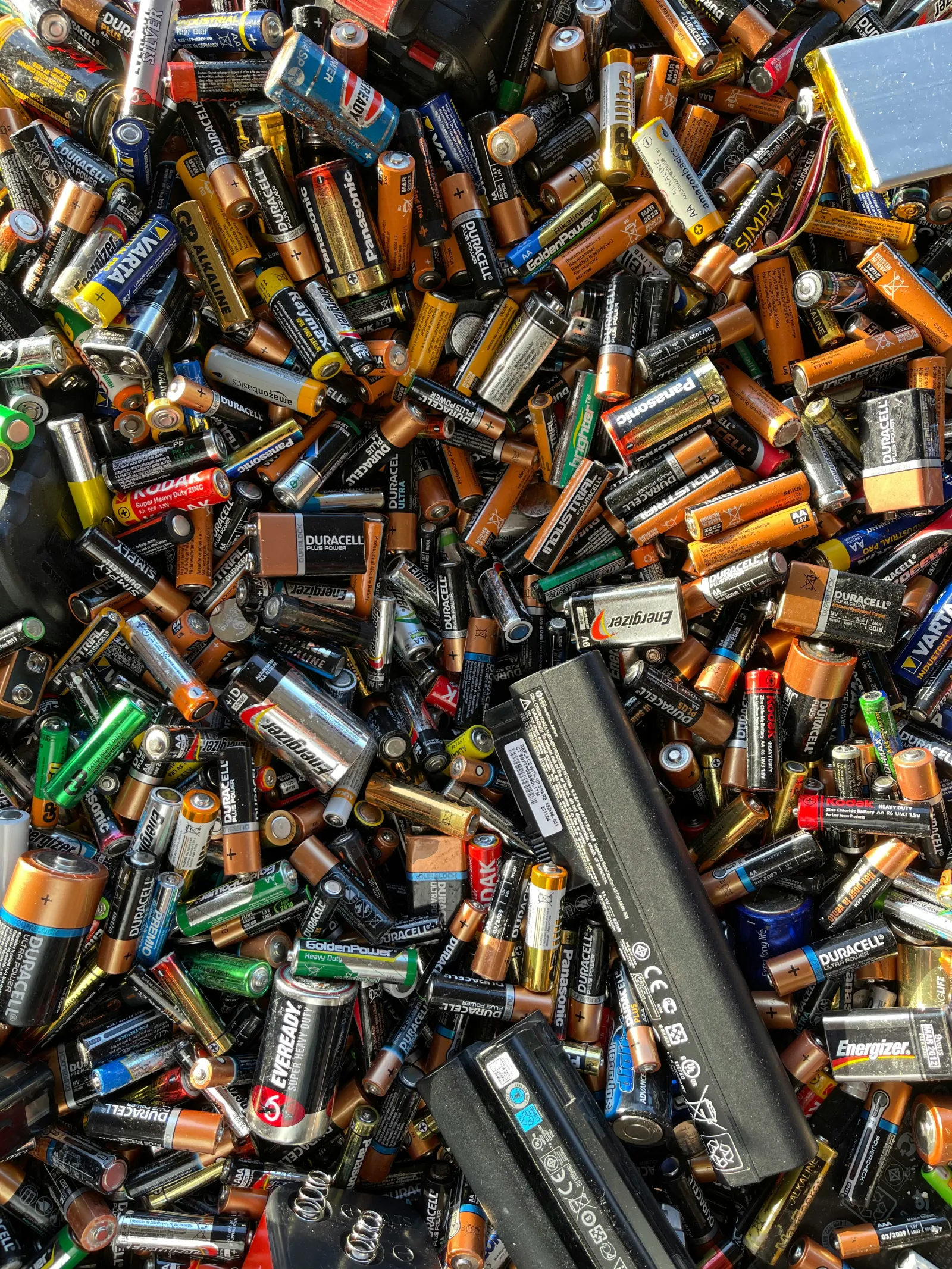
Dispose of the Battery
Remove the battery and dispose of it. Use a double plastic bag to dispose of small batteries and two strong (6mm+ thick polyethylene) trash bags to dispose of the large ones. Seal or tie the bags before disposing of them.
Don't put lithium-ion batteries in a recycling bin or household garbage, as they can catch fire or explode.
According to the law governing some countries, batteries (except alkaline batteries) should be recycled. You may dispose of alkaline batteries if this is your country's law. Check the laws in your country to know how you should dispose of the batteries.
Some manufacturers offer a reduced-price replacement or an offer on battery exchange. You can contact your battery manufacturer to find out if they have such services.
Use a Mild Household Acid for Alkaline Acid Spills
Alkaline batteries have a base, not an acid, as most people think. Use an acid such as vinegar or lemon juice to neutralize it.
- Dip a cotton swab in lemon juice or vinegar and apply several drops to the area
- Remove the residue using a few drops of 90 to 99% isopropyl alcohol
- Use a microfiber towel to wipe the area
- Allow several hours for the area to air-dry
Based on how heavily the battery component and its contacts are corroded, use sandpaper, a toothpick, or a toothbrush to scrape off the corrosion residue.
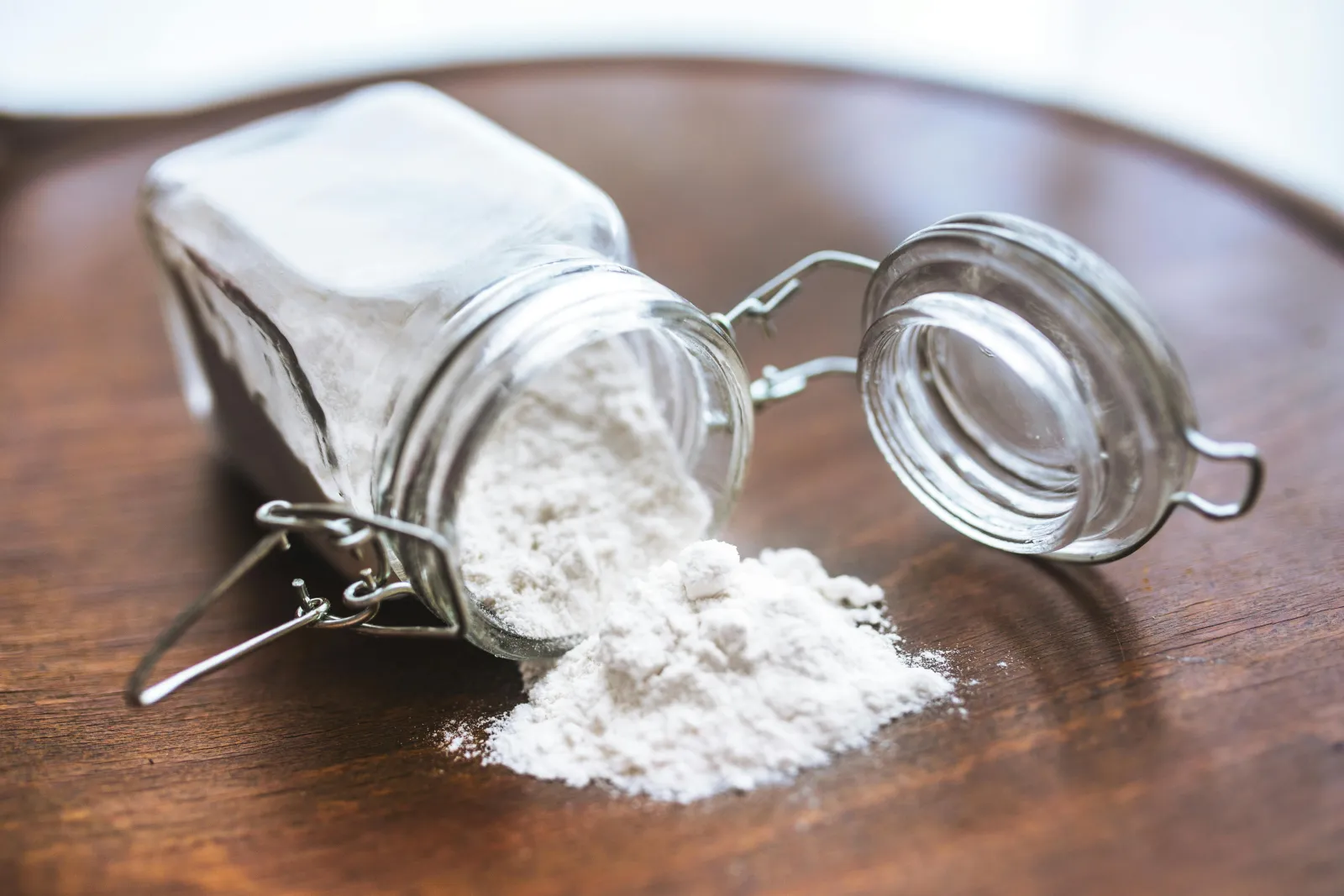
Use Baking Soda to Neutralize Nickel-Cadmium or Lead-Acid Spills
- Sprinkle a liberal baking soda on the affected area to neutralize the acid and prevent carpet wear and tear.
- Once baking soda stops fizzing, the battery acid is completely neutralized
- Use a kitty litter or clay to absorb the leftover material.
- Shovel it away into two trash bags.
- Use a wire brush to remove acid battery spills on surfaces around the battery.
- Once the corrosion is over, wipe the affected surfaces (around the battery) using an absorbent towel.
Use Water to Wipe Away Lithium Battery Spills
Water cleans and neutralizes lithium battery acid.
When disposing of 'button' batteries, computer batteries, or cell phone batteries, place the bag in a leak-proof, non-metal container to ensure they're not in contact with electrical devices.
Electrical devices that come into contact with 'button' batteries or cell phone acid aren't safe for use and should be thrown away. You can also check State regulations or local federal laws to learn how to dispose of lithium batteries to prevent injury or fires.
- Dip an absorbent cloth in water to clean the affected areas.
- You can also use an ammonia-based cleaner to clean lithium battery spills.
How to Neutralize Battery Acid on Carpet
To neutralize an acid, use a base cleaner.
- Sprinkle a liberal amount of baking soda or soda ash on the affected area of your carpet.
- Allow the powder to sit for an hour until it stops fizzing; it means the acid reaction is over.
- Use an absorbent material such as paper towels or a microfiber cloth to suck up the neutralized material. Throw the absorbent material in a plastic bag for disposal.
How to Remove Battery Acid Stain From Carpet
Wear protective clothing such as plastic gloves, goggles, and a mask. Inspect the area and use a commercial battery acid cleaner if the battery acid has caused any carpet damage.
If there's no damage, use baking soda and vinegar.
- Make a thick paste of baking soda and water.
- Allow the paste to sit for several minutes to neutralize and absorb the acid.
- Use a damp absorbent cloth to wipe it away.
- Pour a few drops of vinegar on the stained area and allow to sit for several minutes.
- Dampen an absorbent cloth or towel with distilled water and use it to wipe away any vinegar or acid residue from the area.
- Allow the area to dry for inspection.
- Repeat the process if necessary, or call Zerorez® to help.
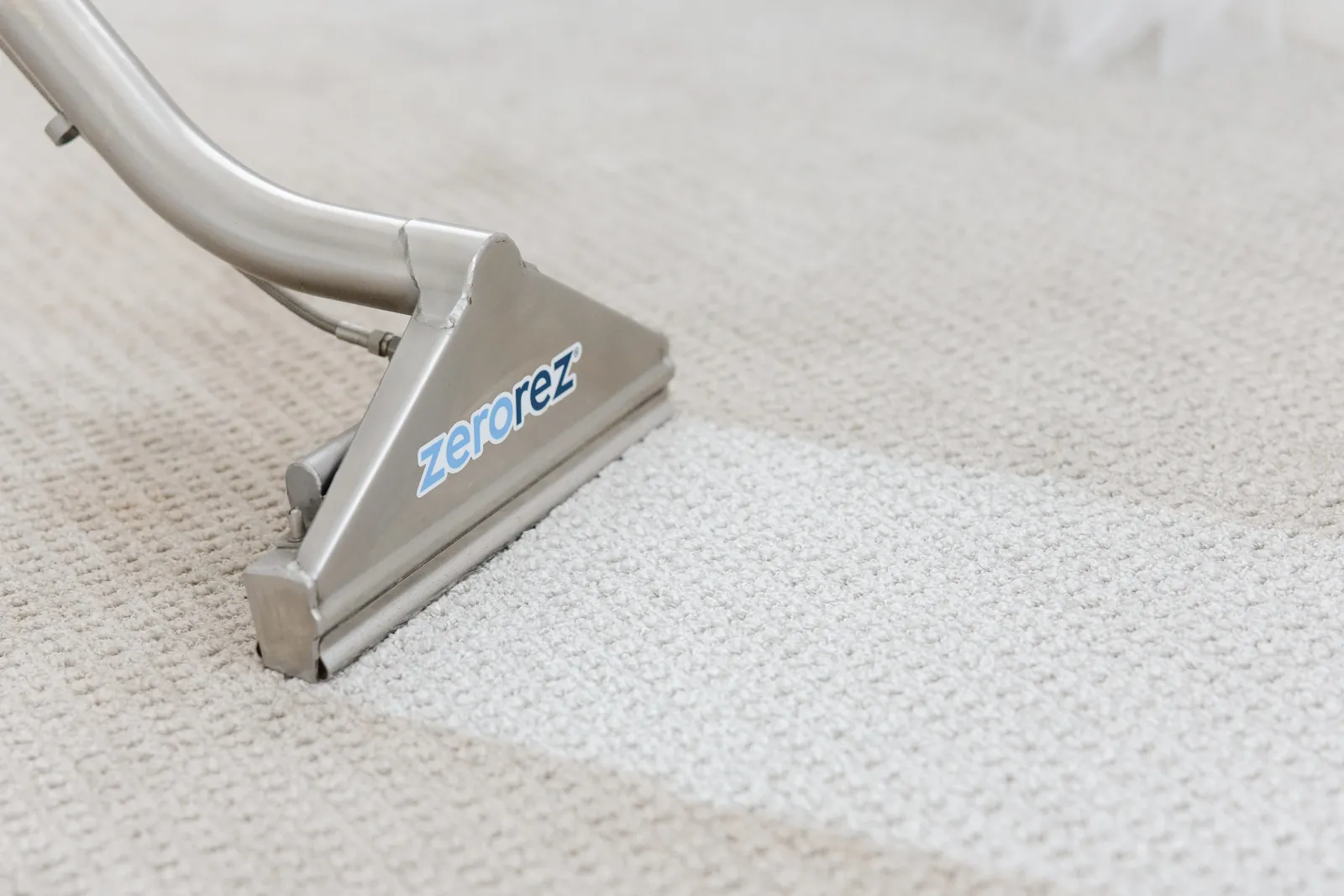
Zerorez offers exceptional, professional carpet cleaning, stain removal, and commercial services.
If you need help removing battery acid from carpet, the Zerorez team would be pleased to assist you. Call us at 866-937-6739 or any of the nearest Zerorez locations. You may also schedule services online.

